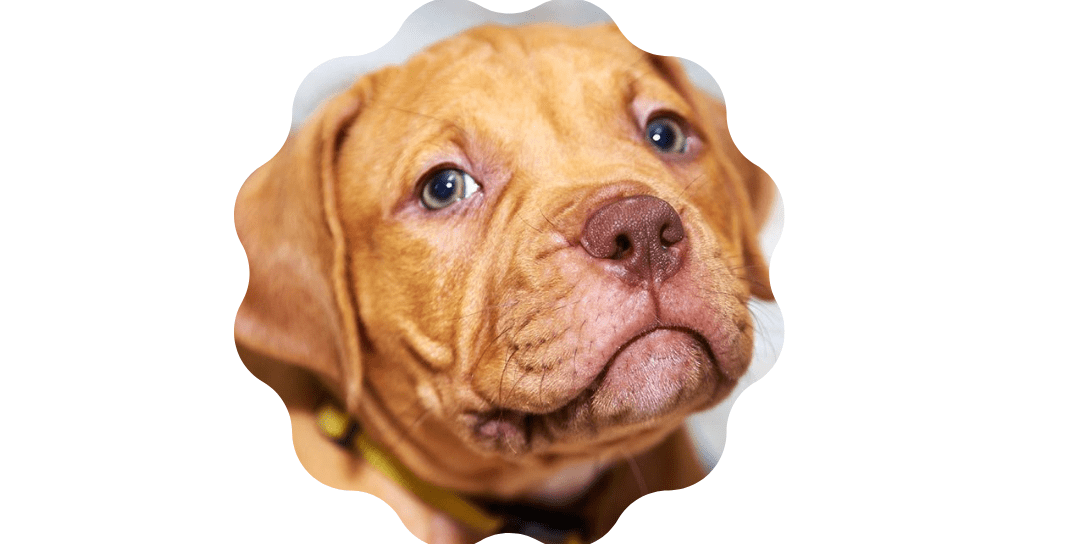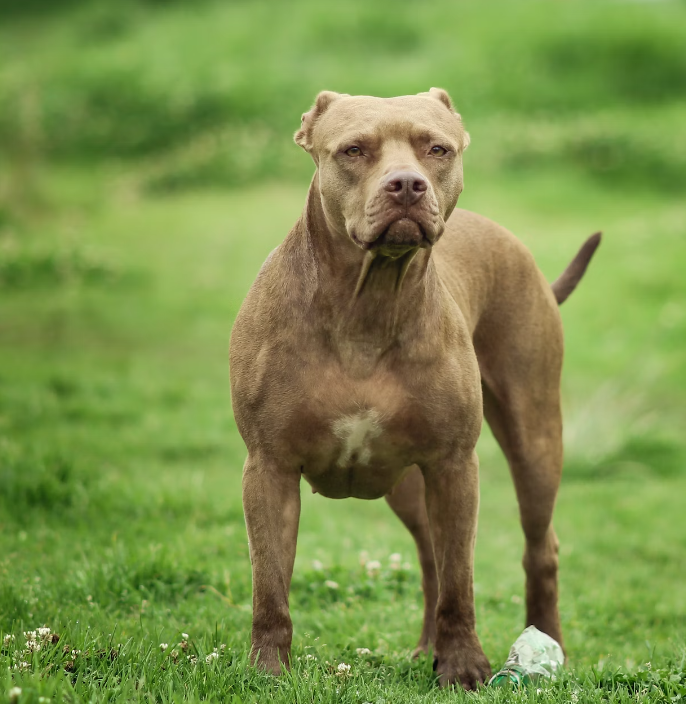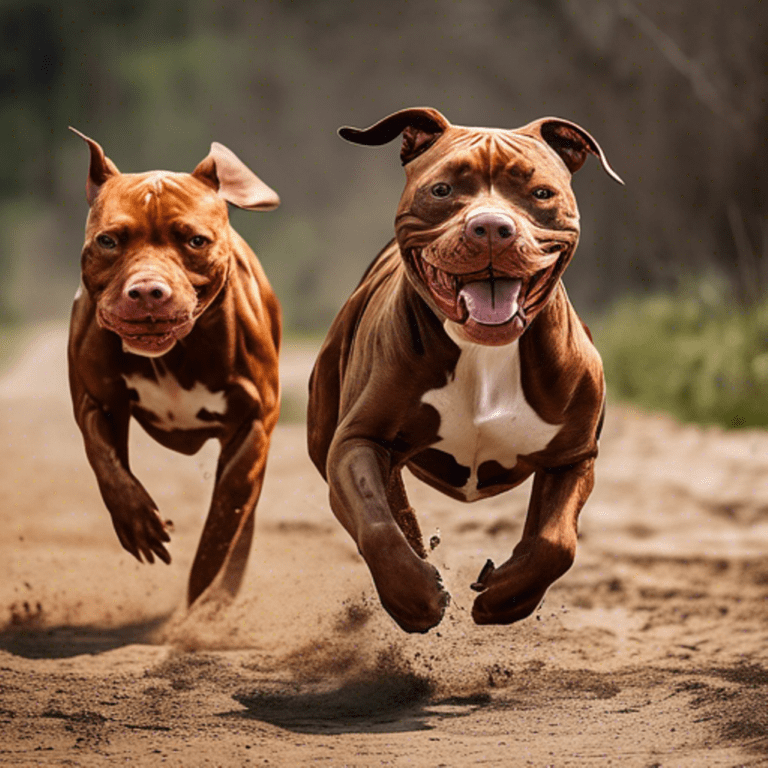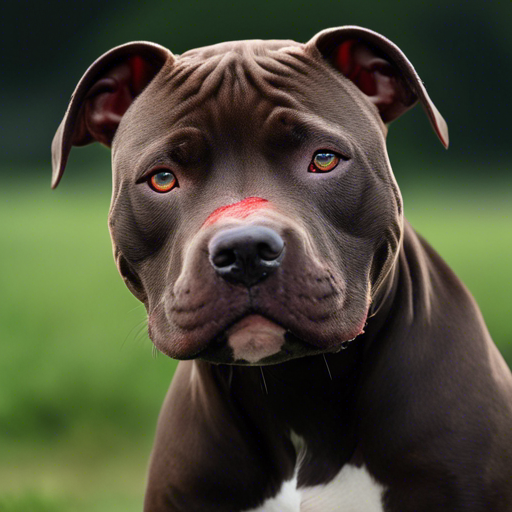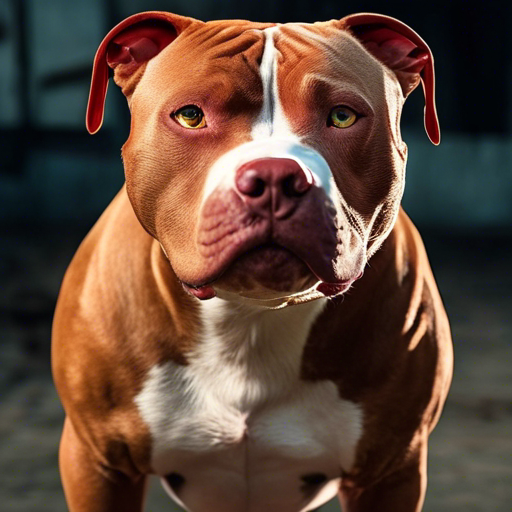Daily Life Cycle of Red Nose Pitbull Dog Breed
Red Nose Pitbulls are renowned for their loyalty, intelligence, and affectionate nature. Understanding their daily routine is crucial for providing them with a happy and fulfilling life. Let’s delve into the typical daily life cycle of this beloved dog breed.
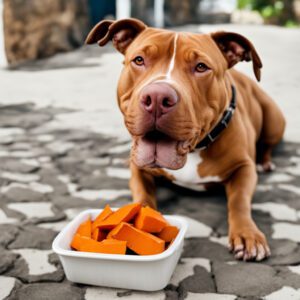
Introduction to the Red Nose Pitbull
Red Nose Pitbulls, also known as American Pitbull Terriers, are muscular and agile dogs with distinctive red-colored noses. Originating from the United States, they were historically bred for various tasks such as hunting, herding, and as family companions. Today, they are cherished for their loving demeanor and unwavering loyalty.
Understanding the Daily Life Cycle
Morning Routine
Red Nose Pitbulls are early risers and often wake up with boundless energy. Their morning routine typically involves a brisk walk or jog to kickstart their day. This helps to expend their pent-up energy and prepares them for the day ahead.
Midday Activities
During the midday hours, Red Nose Pitbulls may engage in interactive play sessions or training exercises. Mental stimulation is crucial for their well-being, so activities like puzzle toys or obedience training can keep their minds sharp and engaged.
Evening Schedule
As the day winds down, Red Nose Pitbulls enjoy winding down with their family. Whether it’s cuddling on the couch or playing in the backyard, they thrive on quality time spent with their loved ones. A relaxed evening stroll before bedtime can help them unwind and prepare for a restful night’s sleep.
Exercise and Playtime
Importance of Physical Activity
Regular exercise is essential for Red Nose Pitbulls to maintain their physical health and mental well-being. Without adequate exercise, they may become bored or restless, leading to undesirable behaviors such as chewing or excessive barking.
Recommended Exercises
Engaging in activities like fetch, agility training, or hiking not only keeps Red Nose Pitbulls physically fit but also strengthens the bond between pet and owner. Interactive toys and games provide mental stimulation and prevent boredom, ensuring a happy and contented pup.
Nutrition and Diet
Balanced Meals
A nutritious diet is vital for the overall health of Red Nose Pitbulls. High-quality dog food rich in protein, vitamins, and minerals supports their muscle development and immune system. It’s important to follow feeding guidelines and avoid overfeeding to prevent obesity-related health issues.
Dietary Requirements
Red Nose Pitbulls may have specific dietary requirements based on their age, size, and activity level. Consulting with a veterinarian can help determine the best feeding plan for your pet. Additionally, providing fresh water at all times is essential to keep them hydrated and healthy.
Grooming and Care
Coat Maintenance
Red Nose Pitbulls have short, sleek coats that are relatively low-maintenance. Regular brushing helps to remove loose fur and minimize shedding. Occasional baths with a mild dog shampoo keep their skin clean and healthy.
Bathing Routine
While Red Nose Pitbulls don’t require frequent bathing, it’s essential to establish a bathing routine to keep them clean and smelling fresh. Using lukewarm water and gentle products specifically formulated for dogs can help maintain the natural oils in their skin and coat.
Socialization and Interaction
Importance of Socializing
Early socialization is crucial for Red Nose Pitbulls to develop into well-adjusted and friendly companions. Exposing them to various environments, people, and other animals from a young age helps prevent behavioral issues and promotes positive interactions.
Training Sessions
Consistent training is key to shaping the behavior of Red Nose Pitbulls. Positive reinforcement techniques such as praise, treats, and rewards encourage good behavior and strengthen the bond between owner and pet. Basic obedience commands like sit, stay, and come are essential for their safety and well-being.
Health Monitoring
Regular Vet Check-ups
Routine veterinary care is essential for monitoring the health of Red Nose Pitbulls. Annual wellness exams, vaccinations, and preventive treatments for parasites help detect and prevent potential health issues. Early intervention is crucial for addressing any health concerns promptly.
Common Health Issues
While Red Nose Pitbulls are generally healthy dogs, they may be prone to certain health issues such as hip dysplasia, skin allergies, and heart disease. Understanding their breed-specific health risks and taking proactive measures to address them can help ensure a long and happy life for your pet.
Conclusion
Understanding the daily life cycle of Red Nose Pitbulls is key to providing them with the care and attention they need to thrive. From exercise and nutrition to grooming and socialization, meeting their physical and emotional needs contributes to a fulfilling life for these beloved companions.
Unique FAQs
How much exercise does a Red Nose Pitbull need daily?
Red Nose Pitbulls benefit from at least 60 minutes of exercise each day, including walks, playtime, and interactive games.
Are Red Nose Pitbulls good with children?
When properly socialized and trained, Red Nose Pitbulls can be excellent family pets and get along well with children.
Do Red Nose Pitbulls require special grooming?
While they have short coats, Red Nose Pitbulls benefit from regular brushing and occasional baths to keep their skin and coat healthy.
Are Red Nose Pitbulls prone to aggression?
Contrary to popular misconceptions, Red Nose Pitbulls are not inherently aggressive. Proper training and socialization are key in shaping their behavior.
What is the average lifespan of a Red Nose Pitbull?
With proper care and attention, Red Nose Pitbulls typically live between 12 to 14 years on average.
